- Home Page
- Books
- Articles
- The Tribes
- Presentations
- Bonus Material
Ancient History Reconsidered
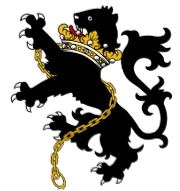
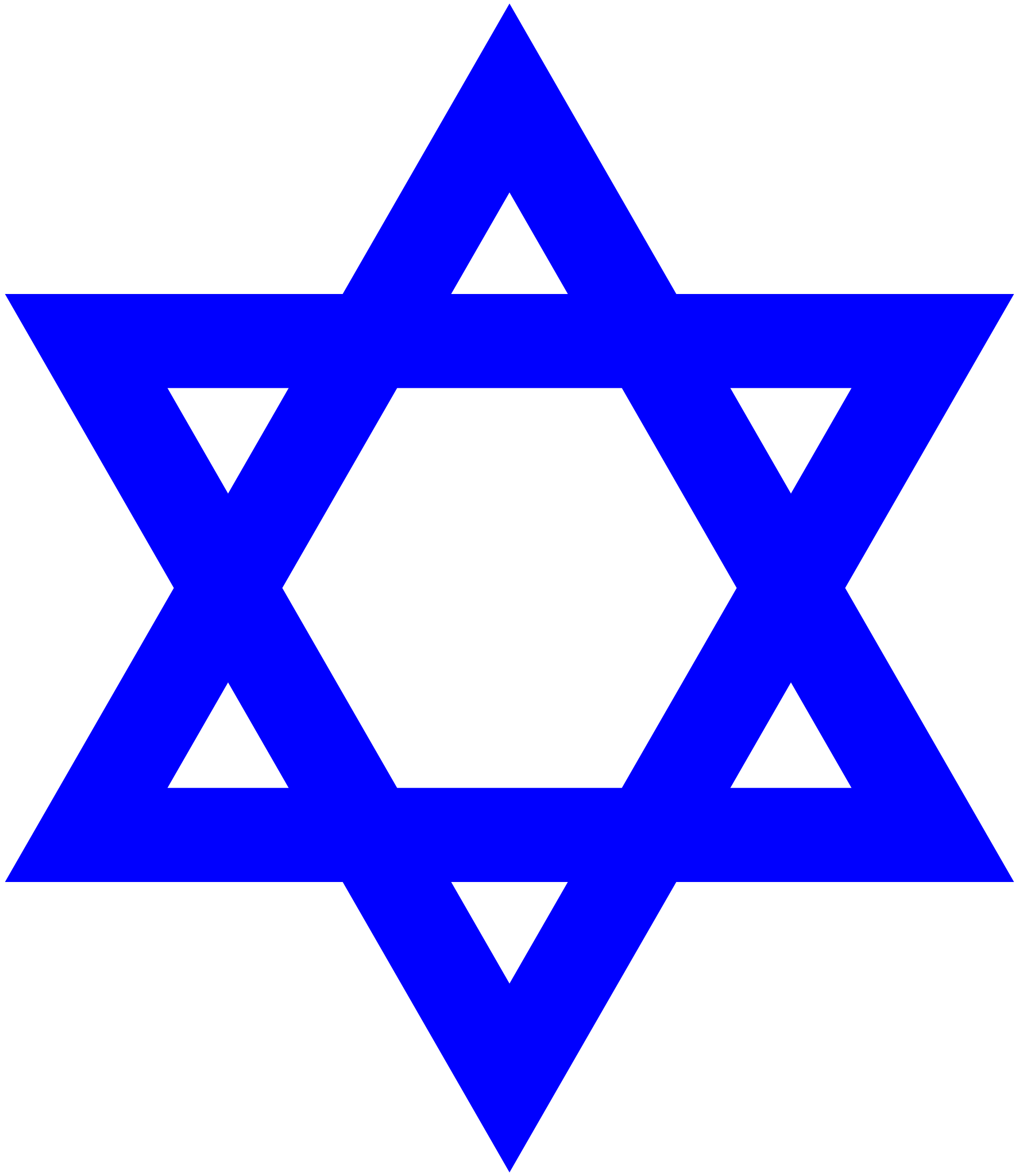
The Tribe of Issachar:
Issachar was Yaakov’s ninth son and was born to him by Leah.
The sons of Issachar were Tola, Phuvah (also written Puah), Yashub (AV Jashub) and Shimron.
It is prophesied that “Issachar is a strong ass couching down between two burdens: And he saw that rest was good, and the land that it was pleasant; and bowed his shoulder to bear, and became a servant unto tribute.”. (Gen. 49:14)
The Hebrew word מִּשְׁפְּתָיִם mishpatayim translated as ‘burdens’ in the Authorised Version is elsewhere (Judg. 5:16) translated as ‘sheepfolds’. Consequently, the Mechon Mamre have translated the passage as “Issachar is a large-boned ass, couching down between the sheep-folds”. This, of course, would not make much sense.
The word mishpatayim could also be derived from מִּשְׁפָּט mishpat, which is usually translated as ‘judgment’. Switzerland has always remained a neutral nation – hence sitting ‘between judgments’. The Finns likewise, during the Great Northern War (1700-1721) between Sweden and Russia, found that they were in an extremely dangerous place, situated as they were in the middle of the conflict. Finland became a battleground as both the Swedish and Russian armies ravaged the countryside. The Finns suffered badly, with repeated crop failures and a loss of nearly half the population. In the Finnish War of 1808-9, the Finns once more suffered devastation when Sweden and Russia once again went to war.
The Finns have always been an industrious agricultural nation – hence Issachar can be justifiably described as ‘a servant unto tribute’.
By contrast, Switzerland is renowned for its production of high quality watches and clocks. They are responsible for half of the world’s production of watches and are also considered to have one one of the most powerful economies in the world.
“And of Zebulun he said, Rejoice, Zebulun, in thy going out; and, Issachar, in thy tents. They shall call the people unto the mountain; there they shall offer sacrifices of righteousness: for they shall suck of the abundance of the seas, and of treasures hid in the sand.” (Deut. 33:18-19)
The Greek writers called the tribe of Issachar Tochari or Attacorae, both names referring to the selfsame people. The Hebrew letter שׁ shin when transliterated into other languages can become a ‘t’ or a ‘d’. Josephus, for example, called the region of Bashan in northern Israel either Βατανίδι (i.e. Batanidi)1 or Βαταναίαν (i.e. Batanaian).2 Attacorae is therefore a variant spelling of Issachar. They were regarded as a Scythian tribe.
Talking of a people who were dwelling in the far north of Europe in the middle of the first century ce, the Latin writer Pliny tells us:
“Some authorities have placed these people not in Europe but on the nearest part of the coasts of Asia, because there is a race there with similar customs and a similar location, named the Attaci”.3
The word transliterated Attaci is written Attacorum or Attacorae in the original Latin. This tribe spoken of by Pliny was dwelling in the land which would later become known as Finland.
Phuvah (פֻוָה), whose name is also given in 1 Chron. 7:1 as Puah (פוּאָה), gave his name to the tribe of Phuni (AV Phunites - Num. 26:23). These became the Finns who settled in Finland in the area which Pliny assigned to the Attacorae.
The Latin writer Tacitus called the Finns Fenni, this being closer to the Phuni of the Hebrew:
“As to the tribes of the Peucini, Veneti, and Fenni I am in doubt whether I should class them with the Germans or the Sarmatae, although indeed the Peucini called by some Bastarnae, are like Germans in their language, mode of life, and in the permanence of their settlements. They all live in filth and sloth, and by the intermarriages of the chiefs they are becoming in some degree debased into a resemblance to the Sarmatae. The Veneti have borrowed largely from the Sarmatian character; in their plundering expeditions they roam over the whole extent of forest and mountain between the Peucini and Fenni. They are however to be rather referred to the German race, for they have fixed habitations carry shields, and delight in strength and fleetness of foot, thus presenting a complete contrast to the Sarmatae, who live in waggons and on horseback. The Fenni are strangely beast-like and squalidly poor; neither arms nor homes have they; their food is herbs, their clothing skins, their bed the earth. They trust wholly to their arrows, which, for want of iron, are pointed with bone. The men and the women are alike supplied by the chase; for the latter are always present, and demand a share of the prey. The little children have no shelter from wild beasts and storms but a covering of interlaced boughs. Such are the homes of the young, such the resting place of the old. Yet they count this greater happiness than groaning over field-labour, toiling at building, and poising the fortunes of themselves and others between hope and fear.”4
The Veneti were an Edomite tribe descended from Anah son of Duke Tsibeon (AV Zibeon). This biased view by Tacitus, who was a Roman used to the more refined Roman way of life and who looked down on everyone else as barbarians, shows that the Fenni and Peucini (the latter possibly being a variant spelling of Fenni) were at that time dwelling in ‘tents’ of boughs; shelters made from trees and foliage. It should be noted that the Hebrew word אֹהֶל ohel which is translated as ‘tent’ is probably connected with the אֲהָלִים ahalim, which is spelt exactly the same way but is usually translated as ‘aloes’.
“How goodly are thy tents [אֹהָלִים ohelim], O Jacob, and thy tabernacles, O Israel! As the valleys are they spread forth, as gardens by the river’s side, as the trees of lign aloes [אֲהָלִים ahalim] which the Lord hath planted, and as cedar trees beside the waters.” (Num. 24:5-6)
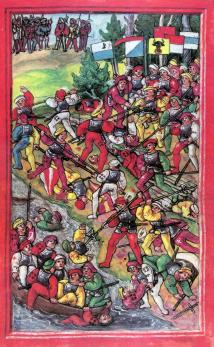
Battle of Hard between the Suebians and the forces of the Holy Roman Emperor Maximillian I.
The use of ahalim in this passage from the Book of Genesis is therefore a play on words. It is not clear, however, what sort of aloe trees are being referred to. Although indigenous to South Africa, Aloe trees are not usually found in the Land of Israel. In the Song of Solomon (also known as Canticles), the tree is associated with spices:-
“Spikenard and saffron; calamus and cinnamon, with all trees of frankincense; myrrh and aloes [אֲהָלִים ahalim], with all the chief spices:” (Song of Solomon 4:14.)
In Ancient History Reconsidered we demonstrate that, during the time of King Solomon, the inhabitants of the land of Israel were dwelling in huts possibly made of wood and wickerwork. All of this suggests that the use of the word ‘tents’ connotes any type of temporary structure.
Tola seems to have given his name to the region of Telemark in Norway. The name Telemark means the mark or land of Tele or Tola. This is in the same way that Denmark (or, as the Danish themselves prefer to call their country, Danmark) means the mark or land of Dan.
Yashub, who is called Job in Gen. 46:13, became the Germanic tribe of Suebi who seem mainly to have settled in Switzerland.
Shimron seems to have given his name to a tribe of people known either as Sauromatae or Sarmatians, both names being used interchangeably.5 Sauromatae is a metathesis of Shimron. It is not known where this tribe of Sauromatae disappeared to, but it is possible that they ended up in Finland with their brethren. The Finns refer to Finland in their own language as Suomi,6 which might well be a corruption of Shimroni.
Another group of Issacharites were a people known as Boii. These likewise settled in Switzerland. In The Forgotten Tribe of Naphtali & the Phoenicians, we demonstrate that the Boii were named after Baasha king of Israel, who belonged to the tribe of Issachar. (1 Kings 15:27.)
James Browne tells us that there were as many as twelve different peoples who made up the Finnish nations. Not all Finns are therefore of the tribe of Issachar:-
“According to Gatterer, the Finnish nations, whom he looks upon as the remains of the old Scythians, and who all speak only one principal language, though divided into various dialects, include the following tribes:- 1. The Finns themselves, properly so called, both of Swedish and Russian Finland, who give themselves the name of Suoma-lainen, but are termed by the Russians Tschuchonetz, or Tschuchna.”7
The names Tschuchonetz and Tschuchna both appear to be corruptions of the Hebrew יִצְחָק Yitzchaq, a name which is transliterated in the Authorised Version as Isaac.
Issachar’s Stone

|
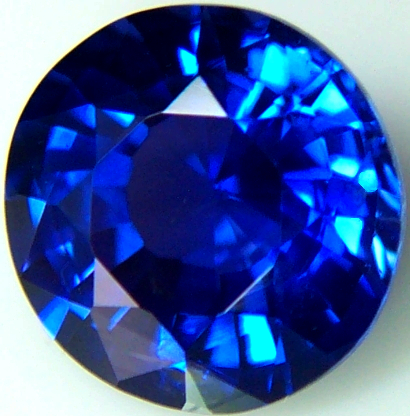
|
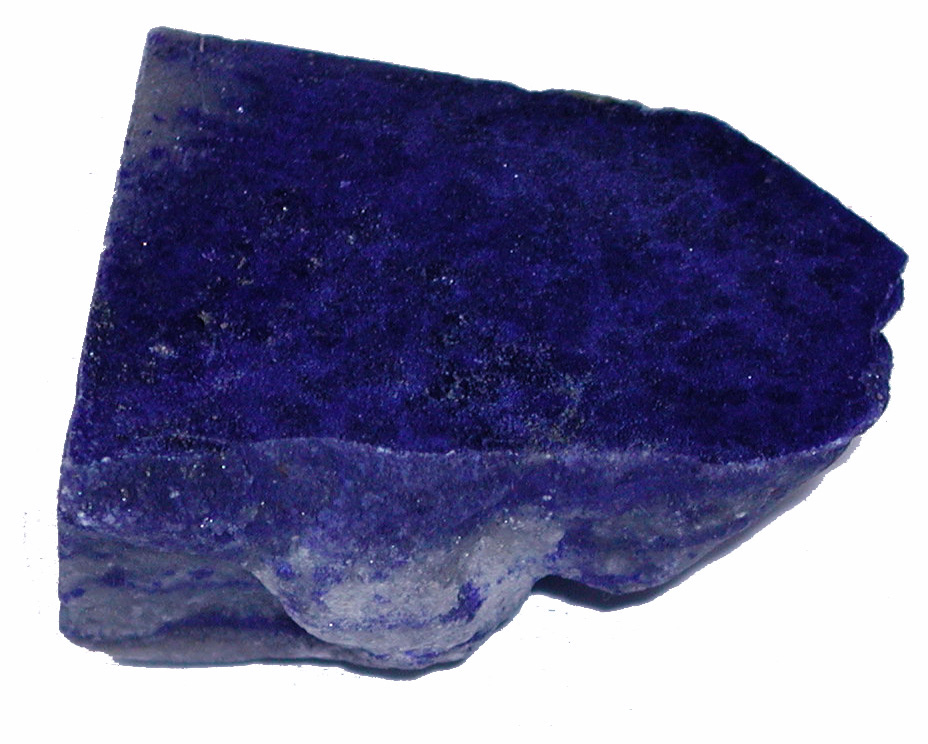
|
Flag of Finland. |
Sapphire. |
Lapis lazuli. |
Each of the stones on the priestly breastplate, which was worn by the High Priest, represented one of the twelve tribes. The stone which represented the tribe of Issachar is called סַפִּיר saphir, a word which is usually translated as sapphire. (Exod. 28:18 & 39:11) The sapphire is a blue stone. Ginzberg also understood it to be a sapphire,8.
The Jewish Encyclopedia informs us that rabbinical sources would more correctly identify this stone as the lapis lazuli,9 a blue stone highly favoured by the Egyptians. That the stone was blue can be shown by the passage in the Book of Exodus which reads:-
“And they saw the G-d of Israel: and there was under his feet as it were a paved work of a sapphire stone, and as it were the body of heaven in his clearness.” (Exod. 24:10.)
The inference of the passage in the Book of Job likewise seems to support the identification as the lapis lazuli which often has sprinklings of gold:-
“As for the earth, out of it cometh bread: and under it is turned up as it were fire. The stones of it are the place of sapphires: and it hath dust of gold.” (Job 28:5-6.)
The Flag of Finland is a blue cross on a white background, which suggests that Issachar’s stone was blue. It should, however, be borne in mind that Finland was subject to a number of invasions over the centuries and that it was ruled for a good part of its history either by Sweden or by Russia.
Using this criteria, the flag of Switzerland ought also to be blue. The problem is that the colours on a flag are dictated by the dominant ruling house. In the case of Switzerland, the country seems to have taken its name from the dominant Switzer people. It was also home to the powerful Hapsburg family who once dwelt there. Like the Finns, the Swiss nation is today actually a confederacy of a number of different peoples.
In the Battle of Hard, which occurred in February 1499, the Suebians fought their first bloody battle against the armies of the Holy Roman Emperor, Maximillian I. The Swiss flag, which is red, might therefore represent the colour of the Holy Roman Empire. In the above representation of the battle (as depicted in the Luzerner Schilling of 1513),10 the Swiss troops can be seen displaying the blue and white flags, which appear on the face of it to be representative of the tribe of Issachar.
| 1. | Josephus, Antiquities of the Jews iv.173 (third row down from top). [Return] |
| 2. | Ibid. ix.159. [Return] |
| 3. | Pliny, Natural History iv.xii (89), or iv.26 in John Bostock’s translation. [Return] |
| 4. | Tacitus, Germania Chap. 46. [Return] |
| 5. | http://en.wikipedia.org/wiki/Sarmatians. [Return] |
| 6. | http://en.wikipedia.org/wiki/Finland#Suomi. [Return] |
| 7. | A History of the Highlands and of the Highland Clans, Vol. 1, Preliminary Dissertation p.xii, James Browne, London, Edinburgh & Dublin 1852. [Return] |
| 8. | The Legends of the Jews Vol. 3 (From the Exodus to the Death of Moses), p.170, The Stones in the Breastplate, Rabbi Louis Ginzberg (translated from the German by Paul Radin), Philadelphia 1911. [Return] |
| 9. | http://www.jewishencyclopedia.com/articles/6574-gems#anchor6. [Return] |
| 10. | http://en.wikipedia.org/wiki/Luzerner_Schilling. [Return] |
Dated 22 Dec 2013.
©AHR Researches.